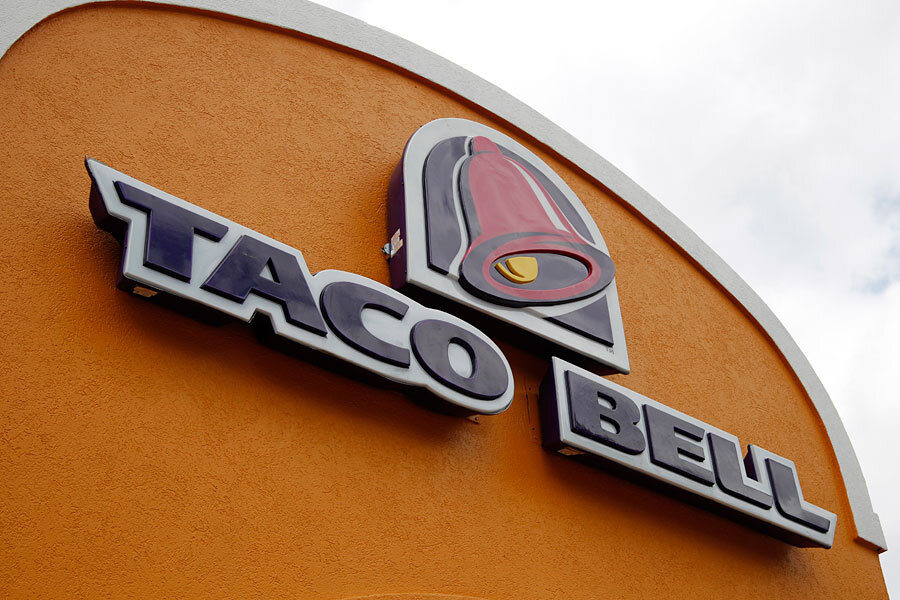Can Taco Bell and Pizza Hut take the junk out of junk food?
Taco Bell is bidding adiós to artificial colors and flavors. The Mexican-themed fast food chain, along with its corporate sibling, Pizza Hut, said that it will phase out some of its synthetic additives and replace them with alternatives that the company characterizes as simpler and more natural.
"[People are] telling us less is más when it comes to ingredients, so we’re simplifying with natural alternatives and staying true to who we are and what makes us unique,” Taco Bell CEO Brian Niccol said in a press release.
Scheduled for deletion are artificial dye Yellow No. 6, which will be removed from its nacho cheese; Blue No. 1, which will be removed from its avocado ranch dressing; and carmine, a bright red pigment derived from insects, which will be removed from its red tortilla strips. The restaurant will also replace its black pepper flavoring with actual black pepper.
Taco Bell says that it will also eliminate high-fructose corn syrup and unsustainable palm oil by the end of 2015. For its part, Pizza Hut says that it will remove artificial colors and preservatives by the end of July.
In an effort to improve their image and appeal to more food-conscious consumers, America's top fast food joints are trying to take the junk out of junk food by simplifying ingredient labels and eliminating artificial colors, flavors, and preservatives.
"This demand for fresh and real is on the rise," Greg Creed, CEO of Yum Brands, which owns Taco Bell, KFC, and Pizza Hut, told Fox News in an article published earlier this year.
For a number of food companies and fast food restaurants, "fresh and real" means purging recipes of unpronounceable chemicals that consumers may find unappetizing.
Call it the "clean label trend." On board are Dunkin' Donuts, which has dropped titanium dioxide from its powdered donuts; Kraft, which announced it is removing artificial colors and preservatives from its mac and cheese; and Panera, which recently pledged to remove 150 additives and artificial colors and flavors from its menu.
These and other major food makers are trying to make-over their "junk food" image and appeal to younger customers demanding fresher, more natural options.
But some critics aren't convinced the revamped fare is actually any better.
Removing artificial ingredients from menus can allows food companies to endow their brand with an aura of wholesomeness, without making meaningful changes to the nutritional content of the food offered, John Coupland, a professor of food science at Penn State, told the Associated Press.
Fast food companies could have far bigger impact on public health, Coupland told the Associated Press, by reducing the salt and sugar content of their meals or their portion sizes.
"Are we really getting that much better food as a result of this kind of high-publicity action?" Prof. Coupland asked in an earlier article on Panera's announcement that it will eliminate 150 additives from its menu.







